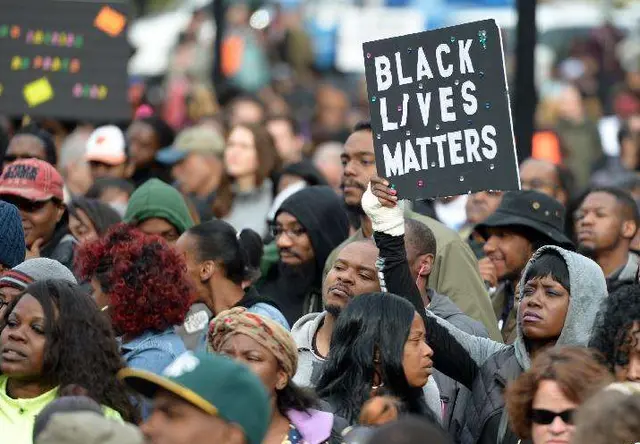By APD writer Imdad Hussain
The famous civil rights movement during the 1950s and 1960s in the United States was a struggle for social justice for blacks to gain equal rights under the law. The Civil War had officially abolished slavery, but it didn’t end discrimination against the blacks and the community continued to endure the devastating effects of racism, especially in the South.
Martin Luther King Jr. played an historic role for Civil Rights who in 1954 joined the leadership of the Montgomery Improvement Association and worked tirelessly to assure the passage of the Civil Rights Act of 1964 and was present when President Johnson signed both that Act and the Voting Rights Act of 1965 into law.
The death of George Floyd has been the most widespread unrest in the United States since 1968 when cities went up in flames over the slaying of civil rights leader Martin Luther King Jr. Despite the ongoing COVID-19 pandemic and the movement and gathering restrictions put in place by governments to prevent the spread of the coronavirus demonstrations and protests against racism and police brutality were held globally, not only highlighted police violence against people of color, but also inequalities in health, education, employment and endemic racial discrimination.
Racism in the US has existed since the colonial era, when white Americans were given legally or socially sanctioned privileges and rights while these same rights were denied to other races and minorities. European Americans enjoyed exclusive privileges in matters of education, immigration, voting rights, citizenship, land acquisition, and criminal procedure while African Americans faced restrictions on their political, social, and economic freedom throughout much of US history.
Though formal racial discrimination was largely banned by the mid-20th century and over time and it came to be perceived as being socially and morally unacceptable but racial politics remains a major phenomenon while racism continues to be reflected in socioeconomic inequality as racial stratification continues to occur in employment, housing, education, lending, and government.
In August 1991, in the Crown Heights neighborhood, New York, the killing of one black child in car mishap led riots for three days wherein nearly 200 officials and civilians were injured.
In March 1991, Rodney King was severely beaten by police for recklessly driving but due to their acquittal by the jury in April 1992 riots erupted in Los Angles and in six days of violent unrest 50 people were killed while about one-billion-dollar loss was caused to the property.
On August 2014, a police officer killed an unarmed youth for alleged altercation with the former and as a result, protestors took to the streets at the shooting place and with the arrival of riot police the protest turned violent with several looting-spree accounts.
And in 2015, protests erupted in North West Baltimore, Maryland, the death of 25-year-old African American after getting injured in police custody and the Governor had to declared emergency, called in the National Guard and imposed curfew as demonstrators threw rocks and cinder blocks at police and firefighters, looted stores, and set buildings and cars on fire; a few accounts from long history of racism in the US.
In the view of the United Nations and the US Human Rights Network, discrimination in the United States permeates all aspects of life and extends to all communities of color. While the nature of the views held by average Americans has changed significantly over the past several decades, large sections of Americans admit to holding discriminatory viewpoints.
Though some Americans saw the presidential candidacy of Barack Obama, 2009-2017, as a sign that the nation had entered a post-racial era, however, during the 2010s, American society has continued to experience high levels of racism and discrimination calling for expulsion of sexual and racial minorities from the United States.
This is a mere glimpse as the US track record of double standards is a known fact, especially the US dealing with other nations. Though, the main goals of American foreign policy are security, economic prosperity, and to make the world a better place but it keeps its interests supreme and uses its position to suppress and bully other countries, entirely contradictory to democratic principles!
(ASIA PACIFIC DAILY)
 简体中文
简体中文



